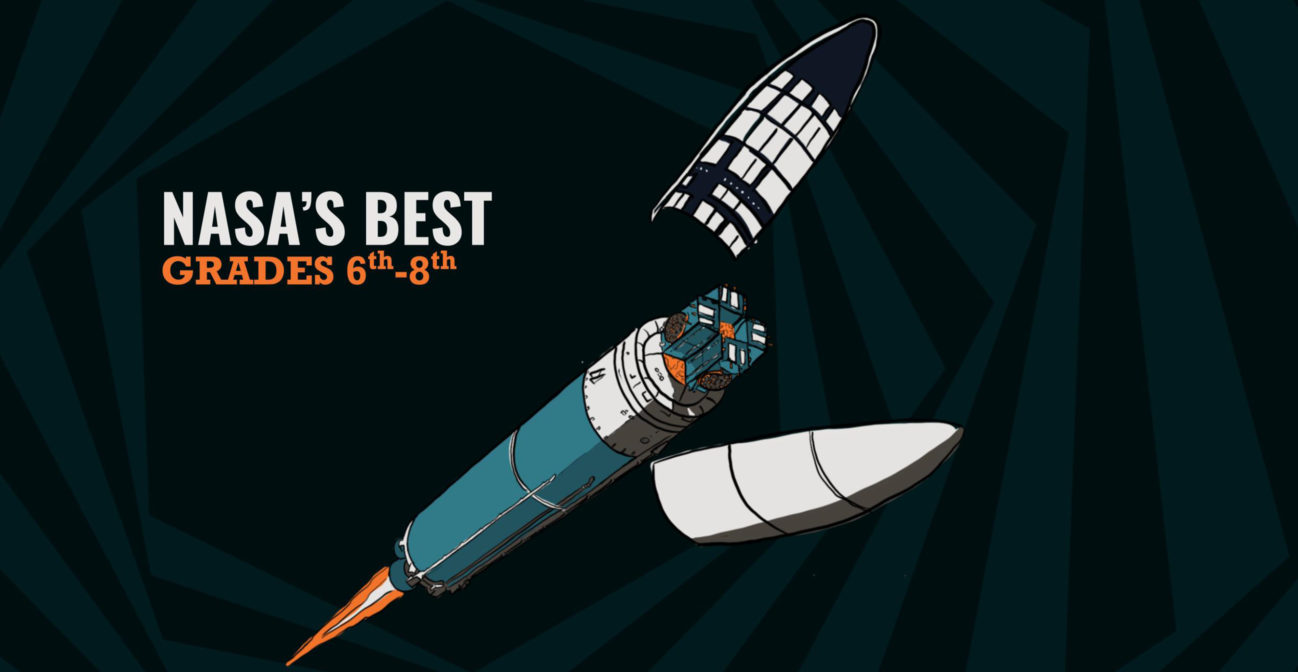Join us for conversations that inspire, recognize, and encourage innovation and best practices in the education profession.
Available on Apple Podcasts, Spotify, Google Podcasts, and more.

Middle school learners will be guided through a series of challenges that follow the engineering design cycle. Join NASA on an adventure through solving an engineering challenge to launch your satellite design.
OBJECTIVE
To demonstrate an understanding of the Engineering Design Process while utilizing each stage to successfully complete a team challenge.
PROCESS SKILLS
Observing, communicating, measuring, collecting data, inferring, predicting, making models
MATERIALS
STUDENT PAGES
ASK, IMAGINE, AND PLAN
Engage the students in the following questions:
Ask teams to think about how humans navigate robotic rovers on a distant planet or moon. How are they programmed? How do the rovers receive messages from a team on Earth?